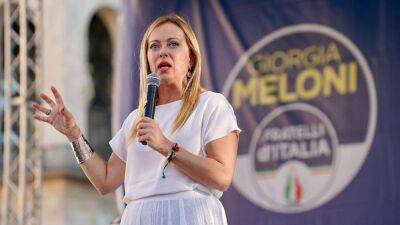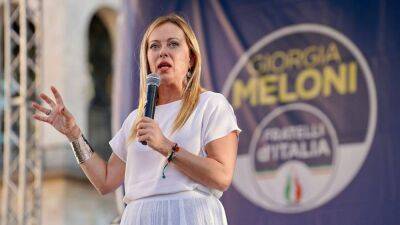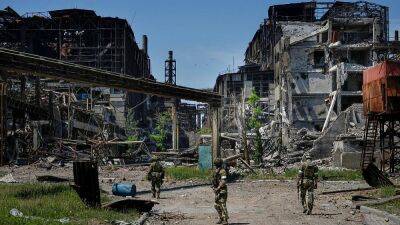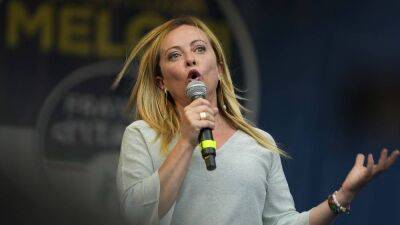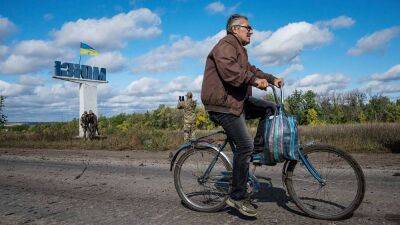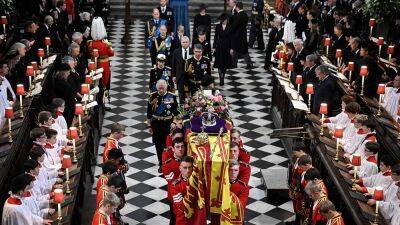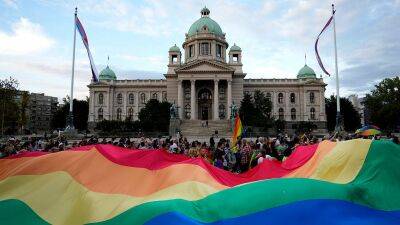Italy election explained: Why now? Who is running? How does it work? Who is likely to win?
Italy is readying itself for a snap general election on Sunday, 25 September.
Here we explain how Italian elections work, who are the main parties and candidates and what the likely outcome will be.
Italy’s upcoming set of general elections was originally slated for next spring. So why have politicians been battling this summer’s torrid temperatures to campaign for votes?
It was sparked by the resignation of Prime Minister Mario Draghi on 21 July and the collapse of his big-tent coalition government, which included leftist, right-wing and centrist parties.
Draghi came to power after another coalition -- headed by the lawyer Giuseppe Conte -- collapsed in January 2021.
Draghi has been acclaimed by analysts and commentators around the world for spearheading Italy’s post-COVID economic recovery in 2021, which led to its selection as “Country of the Year” by The Economist - a jarring contrast with the “sick man of Europe” label that has followed Italy after years of sluggish economic growth.
Nevertheless, in what could appear as a game of tit-for-tat, it was the maligned former prime minister, Conte himself, who triggered the downfall of Draghi’s government. Conte’s party, the Five Star Movement, pulled the plug by retracting its support for Draghi’s economic aid decree.
This was largely due to disagreements over the amount of support offered to families and the proposed construction of a new waste-to-energy plant to handle Rome’s garbage crisis - a plan which the Five Star Movement contests over fears of its possible environmental impact.
Draghi’s resignation has consequently led to the country’s first general election season to have kicked off in August - a month when most Italians flock to the seaside.
Heat and holidays aside,
Read more on euronews.com

![Ripple [XRP]: Before you become a part of exit liquidity, read this - ambcrypto.com - city Santiment](https://finance-news.co/storage/thumbs_400/img/2022/10/8/44139_alnn.jpg)








